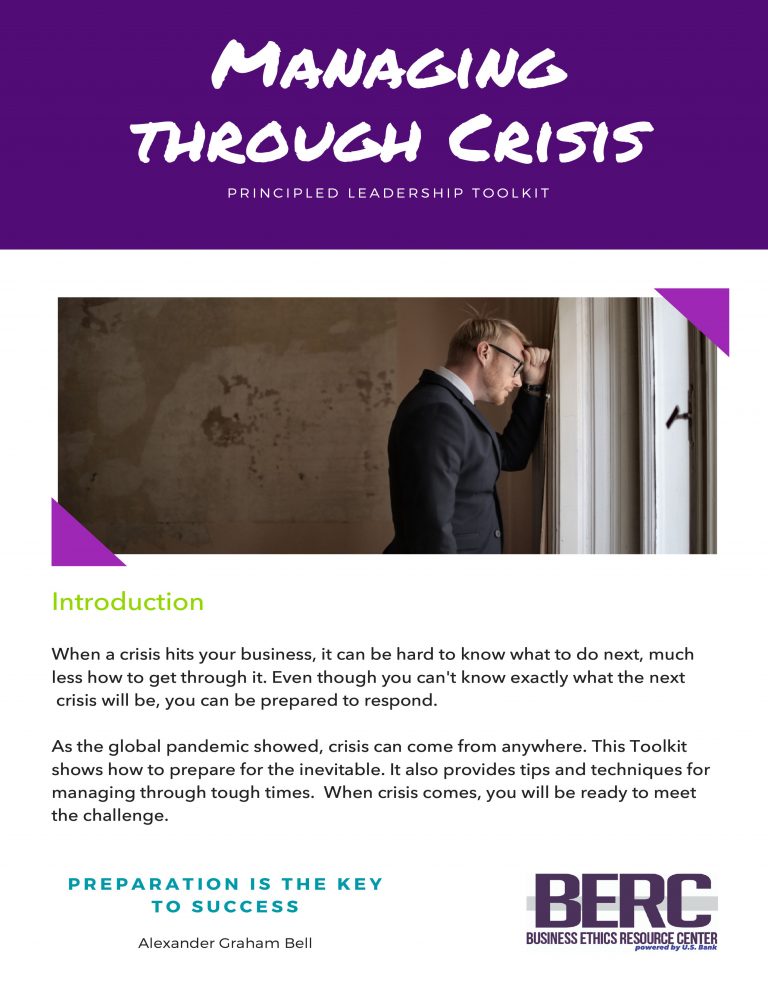Lyft uses a triangle of trust to keep its customers, drivers, and employees happy.

In a rapidly changing world with innovative products flooding the marketplace, companies often struggle to stand out. Exemplary customer service often makes the difference between an average company and an extraordinary one.
But how does a company go above and beyond?
Lyft, a ride-sharing company based in San Francisco, is trying to figure out the secret to happy customers, drivers, and employees. And so far, so good, as nearly 30 percent of Lyft’s customer support team are also drivers, or were drivers. Translation: Drivers tend to love Lyft, and its story.
The concept of ride-sharing is also converting countless people from drivers to passengers, which is a key part of the company’s philosophy.
Logan Green and John Zimmer founded Lyft in 2012. Initially, Lyft was a service of Zimride, a long-distance carpooling company that the pair founded while they were in college. Green and Zimmer wanted to eliminate the anxiety of not knowing who their drivers or passengers were on long rides. Using Zimride, passengers could connect and learn about each other on Facebook before they got in the car.
The inspiration for Lyft — originally slated to be named Zimride Instant — came when team members were brainstorming ideas to take the company to the next level. The idea was that with Lyft users could request rides on their mobile phones. Zimride reincorporated as Lyft in May 2013, and Zimride was sold in July 2013 to Enterprise Holdings.
From the very beginning, Lyft has been a mission-driven organization. Green, CEO of Lyft, said at the South by Southwest conference in 2015 that the company’s mission is “to reconnect people through transportation and bring communities together” (Lyft, 2015).
More than two years ago, Lyft sought to reinforce that mission within the company. In 2015, Lyft brought in Mary Winfield to serve as Vice President of Customer Experience and Trust. After working with various technology giants and startups, Winfield was keen to use her expertise to transform a high-growth company.
Lyft’s leadership team feels strongly about delivering great experiences, Winfield said. She views her role as “creating a marriage between the touch points that you have with customers.”
For Lyft, there are several touch points with customers, including interactions with drivers, interactions with customer support, and connections directly with the corporate team.
One of Winfield’s first priorities was pulling all these touch points together to leverage them as what she calls the “voice of the customer.” Winfield and her team take a holistic approach to customer experiences. They use the voice of the customer to understand the experience of the customer individually as well as collectively. She said learning from those experiences is critical so they can drive improvement across the company.
“We’re here to enable the perfect ride,” Winfield said. “We’re looking at what’s working or not working with the customer — and that is the driver and the passenger experience — to immerse in that, help the rest of Lyft stay connected to that, and take action based on it.”
In an April 2016 interview with 90.9 WBUR-FM in Boston, Zimmer, who is President of Lyft, shared his thoughts on the customer experience: “We’ve always wanted to bring people together through transportation, and I think the way that’s felt for the customers is we treat you better,” he said. “Drivers can earn tips, drivers can earn driving bonuses, and, by treating drivers better, drivers provide passengers with a better experience” (Hobson, 2016).
Understanding the customer and driver experiences and then taking action are central components of Lyft’s strategy. By hiring former and current drivers as employees, Lyft gains insights into the driver experience. Lyft currently has approximately 700,000 drivers in cities across the U.S.
In 2017, Lyft raised $600 million and is using some of that money to enhance the experience of its drivers. The company is opening driver service hubs in major markets. They’re meant to be Lyft’s physical presence, where the Lyft team can meet with drivers face to face, but they also enable drivers to talk to each other and see what they’re doing. The hubs also provide orientation and application help to new drivers as well as vehicle inspections.
Winfield and her team visit the hubs and meet and talk to drivers on a quarterly basis. This enables Lyft to take engagement to the next level by connecting to the story of each driver and passenger and using the data to help create a perfect ride. “I think there’s a big piece of connecting and understanding,” said Winfield, who has spent time going through the driver on-boarding process and shadowing Lyft drivers. “It’s not about sitting in a conference room and looking at a piece of paper, or some data. It’s about getting into the experience — shadowing, talking, and connecting with people.”
“ We’re here to enable the perfect ride.”
The concepts of connecting and engaging tie directly into Lyft’s mission and values of being “present, awake, and alive for the community and for the people around us,” Winfield said.
Winfield wants her team to be real and present for drivers, employees, and customers. She and her team created the concept of a triangle of trust between the three groups. She asks her team to make real, authentic connections with each group and engage. They utilize many tools and technology to connect, but at the core, Winfield wants her team to understand the needs of each group.
When she first joined Lyft in 2015, Winfield spent time trying to understand what was getting in the way of her team and how to remove those roadblocks. Then she took what she learned and applied it across the entire company.
Lyft now conducts immersion sessions to better understand its customers and identify what’s working and what’s not working. As part of these sessions, employees may answer emails from drivers or help the lost and found team connect drivers with their passengers who’ve lost items. Winfield said immersing employees versus having them sit in a conference room provides them with a real experience and hopefully translates to empathy and action.
While Lyft is open to sharing its best practices, the company also learns from other companies that focus on the customer experience. For example, members of Lyft’s operation center have spent time with Southwest Airlines learning how the company handles incidents. Lyft also has shared trust and safety practices with Airbnb and Disney.
Winfield said organizations are willing to share their thoughts — you just have to ask. “There are so many people out there, and it could be any of us to open the door and ask the question,” she said. “I think everybody is willing to share those things.”
“ If we care about something, great things happen.”
Lyft’s impact isn’t limited to those with whom it directly works. As a mission-driven company, it feels strongly about making an impact in the communities where it operates. The company has several initiatives to help community members, including one that offers free rides to senior citizens and those who need transportation to the doctor. Lyft also empowers passengers to make an impact through its app. The Round Up & Donate feature enables passengers to round up fares to the nearest whole dollar and donate the difference to a charity of their choice.
Lyft has inspired brand recognition and a loyal following because of its work. But how does a company that is still experiencing high growth continue to embrace the vision that Co-founders Green and Zimmer feel so passionate about?
Winfield said it’s all about hiring the right talent. Lyft has nearly 2,000 employees. Winfield has conceptualized hiring and Lyft’s core values and created interview questions around that. Her team has designed a plan for what they consider great answers. They also ask behavioral questions and give quizzes and scenario testing, where they give interviewees a situation and ask how they would handle it.
Lyft also has potential candidates shadow employees before they are hired so that they understand the workplace and environment. “Getting the right person in the door, and having this person that can really show up and demonstrate your brand to a customer, is just so critical,” Winfield said.
Winfield uses the say/do ratio for Lyft. The idea is to have a high ratio, driven by trust. “I think it reverberates today as we grow,” she said. “How are we ensuring that what we say is what we do? That we’re trustworthy? It’s a pretty high 1-1 ratio for us around ensuring that our actions really align to that.”
The key difference between Lyft and its competitors is its unwavering focus on its mission, according to the company’s leaders. That’s how Lyft hopes to continue to engage and connect with its drivers, passengers, and employees. Winfield said it’s not that other companies don’t have this focus, but that “[the mission] is so front and center here that it’s palpable.”
“When you see what caring does to a vision, you end up generating more than care,” Winfield said. “It feeds itself. That’s why we bring [caring] to the forefront with our customers, because we know if we care about something, great things happen.”
REFERENCES
Hobson, J. (Host). (2016, April 12). Lyft co-founder shares his vision for the future of ride-sharing [Radio broadcast]. Retrieved from http://www.wbur.org/hereandnow/2016/04/12/lyft-co-founder-john-zimmer
Lyft. [lyft]. (2015, March 16). “Our mission is to reconnect people through transportation and bring communities together.” @logangreen #sxsw [Tweet]. Retrieved from https://twitter.com/lyft/status/577558134698348544
By: Archana Mehta, founder and CEO of AM Strategies, a marketing and communications firm based in Washington, D.C.
Used by kind permission of the Better Business Bureau of Minnesota & North Dakota. Originally published on January 8, 2018.


